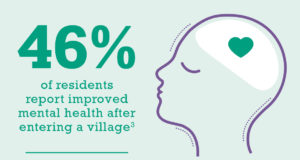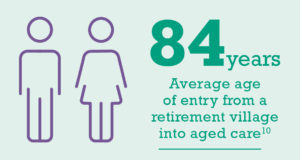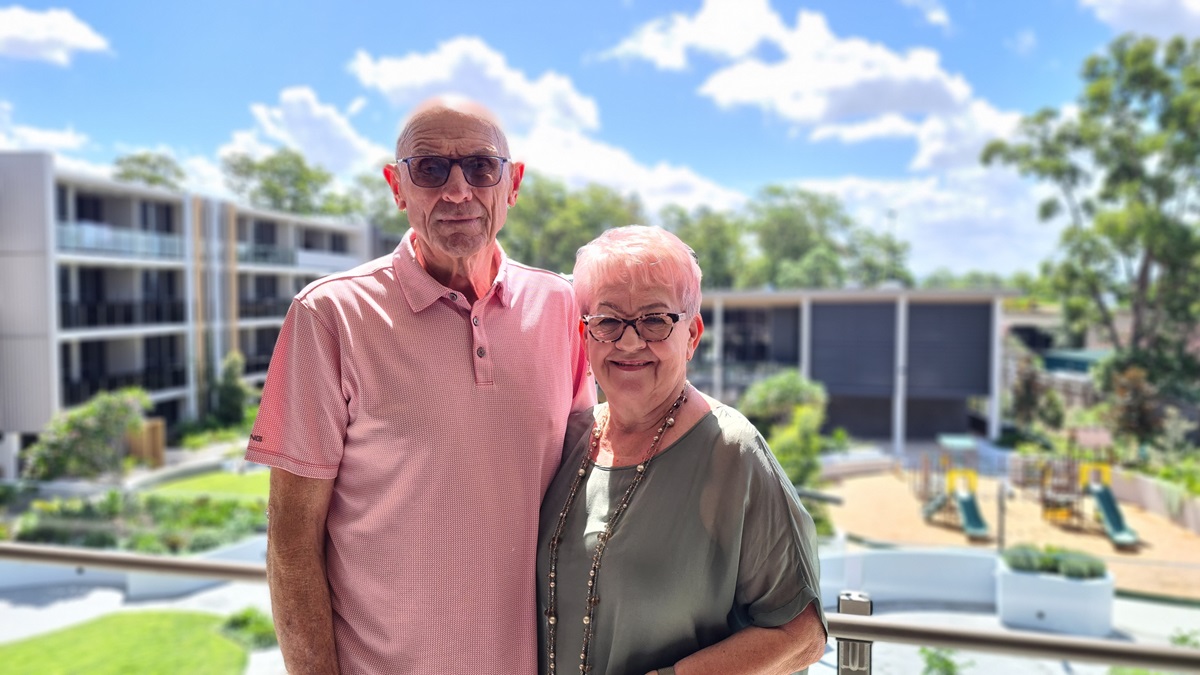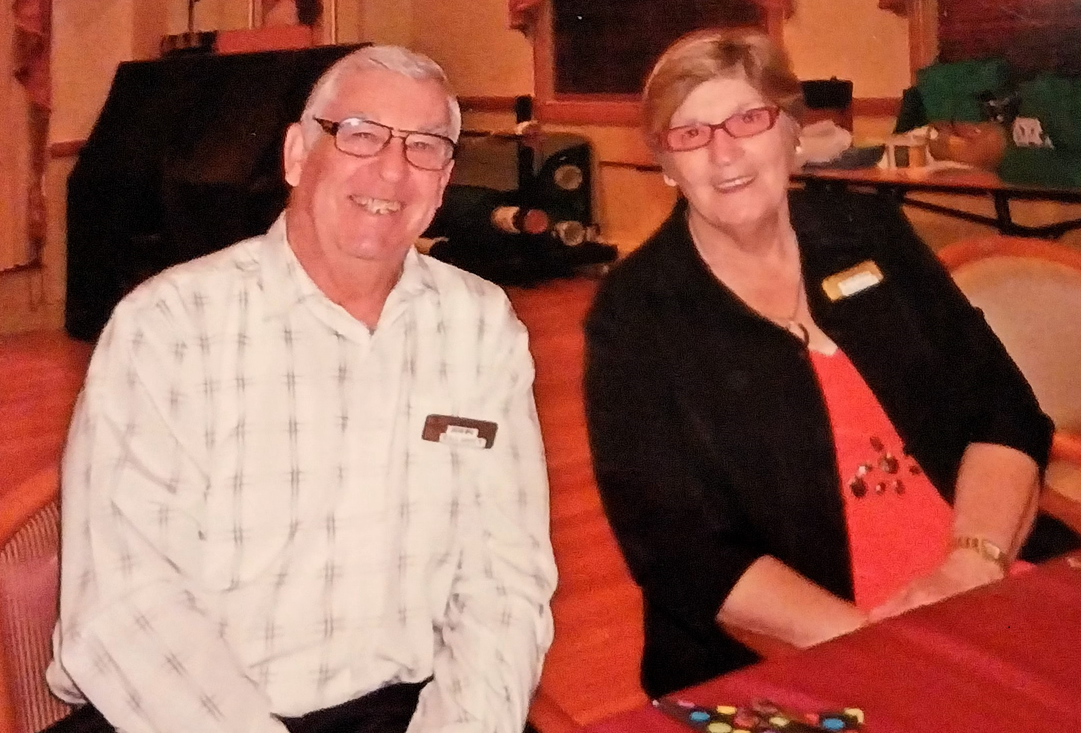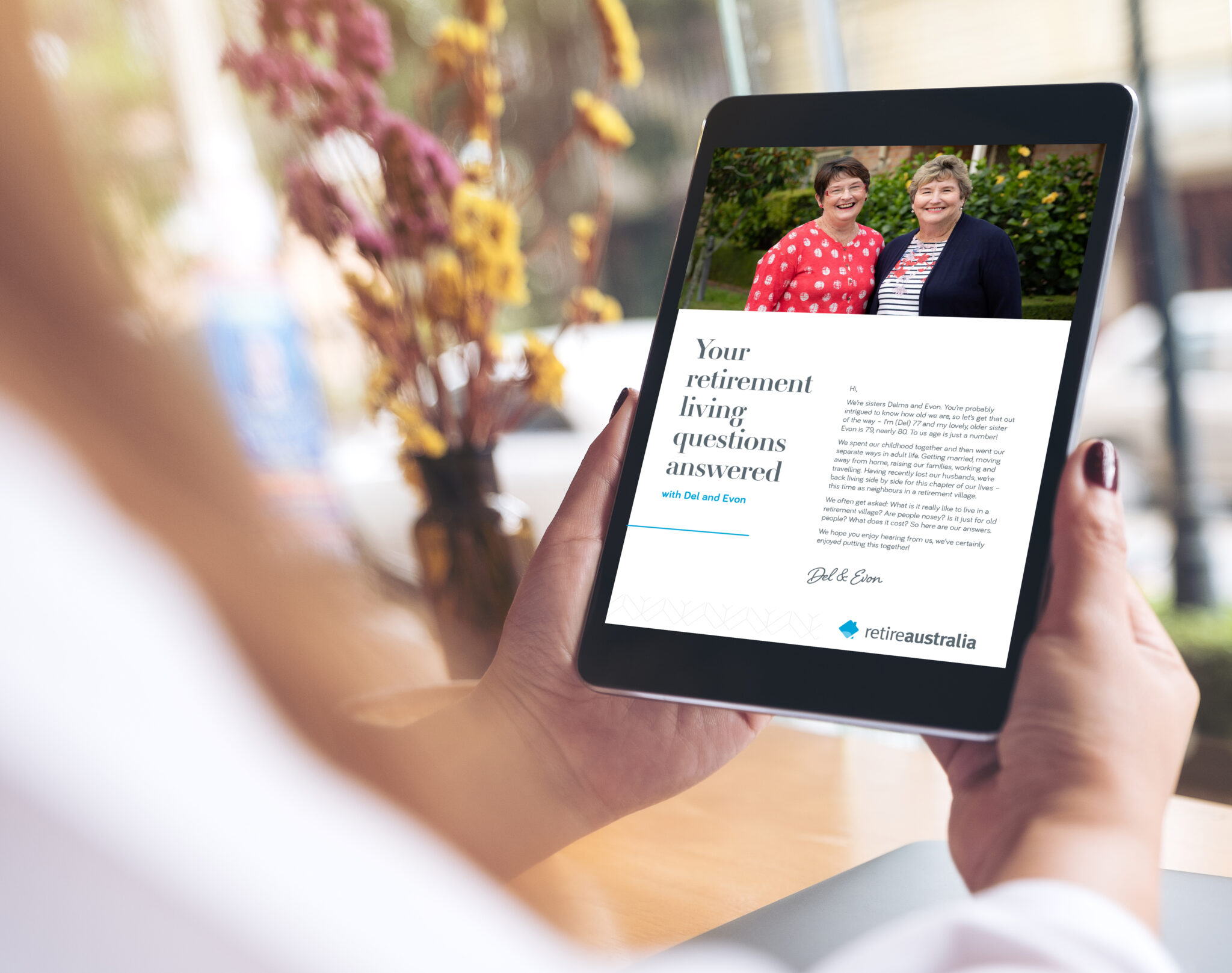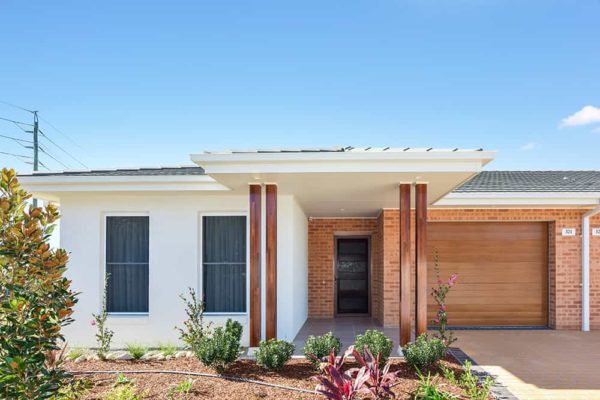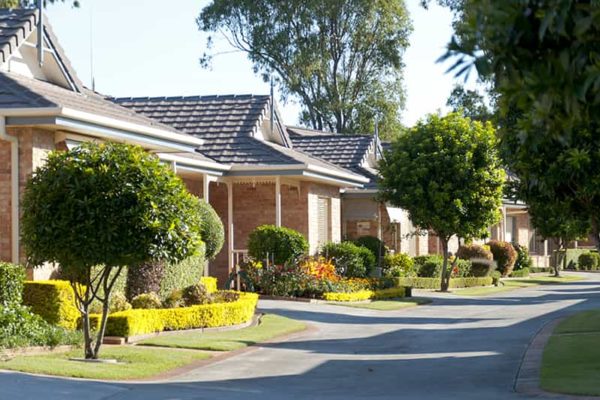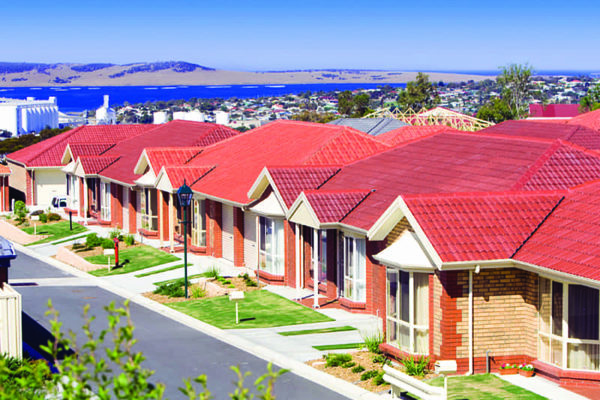
The coronavirus (COVID-19) pandemic has made us all reassess our priorities and what is most dear to us. For many, this means a renewed focus on health and wellbeing, keeping loved ones close, and having the support of a community.
If these are important to you too, then you need to understand how living in a retirement village can positively impact your health, your connection with loved ones and your sense of community.
Here are just eight of the ways that living in a retirement village is good for your health and wellbeing.
1. Reduce isolation and improve mental wellbeing
Even before COVID-19, the Australian Institute of Health and Welfare [1] estimated that one in five older Australians suffers from social isolation. This can negatively impact one’s mental health and, according to Lifeline [2], can increase your risk of depression.
Life in a retirement village is specifically designed to counter social isolation, and instead foster a sense of belonging and community. Residents have many opportunities to connect with each other through a range of social activities and events, which has a positive effect on health and wellbeing. Indeed, McCrindle Baynes research [3] of over 5,000 retirement village residents shows that 46% report improved mental health after moving into a village.
Living through a pandemic – and adapting to the social distancing requirements put in place to stop its spread – poses a significant risk to physical and mental health and wellbeing. This is particularly true for older Australians. A key challenge of social distancing is that it decreases the availability of most formal and informal family and social connections. It also removes the physical, cognitive and social benefits that are linked to routine activities, such as shopping.
Across our retirement communities, staff and residents have responded to the pandemic with creative and innovative ways to safely stay socially connected while remaining physically distant. From driveway morning teas and roadside refreshments to treasure hunts, distancing discos and care packages of puzzles, Sudoku and quizzes, residents have numerous options to safely maintain social connections.
If you’re interested in finding out more about life in a retirement village during a pandemic, check out some of our real stories about village life.
2. Boost longevity
 Living better and healthier is great, but what about living longer? A Swedish study [5] has shown that being socially active can add up to five years to the life expectancy for women, and six years for men.
Living better and healthier is great, but what about living longer? A Swedish study [5] has shown that being socially active can add up to five years to the life expectancy for women, and six years for men.
Researchers studied 1,800 people over 18 years, and found that several factors impacted longevity, including having healthy lifestyle behaviours, a better social network, and participating in more leisure activities.
The research is in – a retirement village is the perfect place to boost your longevity through social connections and involvement in sporting and social activities and interests.
3. Stringent infection control and cleanliness
The COVID-19 pandemic has demonstrated how a serious virus can bring our lives to a grinding halt. It’s important for you to know how RetireAustralia is adapting to make communities as safe and healthy as possible for residents. Protection measures include:
- Increased infection control measures: All RetireAustralia staff have completed mandatory refresher training on Infection Control policies and procedures – which were reviewed and enhanced in early 2020. We’ve also trained all village and office teams on effective handwashing, and increased handwashing stations in village communal areas. In addition, communal areas are being cleaned more stringently and more often to help maintain a clean and hygienic environment.
- Visitor and staff screening: Each day before starting work, our village staff sign a health declaration. Visitors are also screened and must sign a health declaration before they enter the village. And, for as long as it is necessary, our staff will maintain records of visitors, appointments and social activities for contact tracing purposes.
These stringent measures are minimising potential exposure to the virus and supporting residents through the COVID-19 crisis.
4. Reduce the risk of disability
Research conducted by Rush University Medical Center [6] has shown that people who are more socially active are less likely to become disabled. In other words, they’re less likely to need help with daily activities or mobility.
The good news is that researchers looked at a broad range of social activities, so whatever your interests, your social activities will have a positive impact. Researchers measured social activities like going to restaurants, playing bingo, volunteering, going on day or overnight trips, and visiting relatives and friends. With a busy social calendar on offer in all of our villages, you’ll be spoilt for choice in how you wish to stay active.
5. Fewer and shorter hospital stays
The Property Council of Australia [7] reports that retirement villages provide services that enable residents to have shorter hospital stays – and fewer of them. In fact, retirement village residents leave hospital a full two days earlier than non-residents. That’s because retirement village residents can be discharged into a safe environment that’s equipped with hand railings, ramps, an emergency call system and on-site support staff.
What’s more, the social connectedness that’s inherent in a retirement village helps counteract problems of social isolation and depression when you’re home after an operation. When you consider that falls and depression are two of the most common health conditions for older people [8], it’s no wonder that a safe, secure site and supported community can help keep retirement village residents out of hospital.
6. Visit the GP less often
In the Property Council of Australia report, it’s estimated that over 65s visit their local GP about 6-7 times a year. In contrast, residents in retirement villages make 1-3 fewer visits each year. They attribute this to the fact that many retirement villages have staff on-site who can assist with minor health concerns.
At The Verge at Burleigh G.C., RetireAustralia’s brand new vertical retirement village opening on the Gold Coast soon, residents can choose from a wide range of personalised in-home care services, helping make life a little easier and a lot more relaxed. Our caring and experienced team can help with household chores, meal preparation, showering, dressing, and medication support, to name a few.
7. Lower the risk of dementia
Research shows that engaging in meaningful activities can reduce the risk of stress-related illnesses and dementia [9]. Specifically, activities with purpose – like music, drawing, meditation, reading, and arts and crafts – are particularly helpful in boosting health and wellbeing.
Our retirement villages offer ample opportunities to take part in social and leisure activities and The Verge at Burleigh G.C. is no exception. Designed to maximise social connection, residents will be able to enjoy multi-purpose recreation facilities surrounded by friends, family and like-minded neighbours. Here, you’ll be part of close-knit community and can get to know your neighbours over a drink on the terrace, or by taking part in one of the regularly organised social events. You can also join the Burleigh Golf Club or one of the many community clubs close by, such as the Miami or North Burleigh Surf Clubs.
8. Delay the move to aged care
Would you like to hold off on moving into residential aged care? If the answer is yes, then living in a retirement village could be a good start.
Research cited in the Property Council of Australia report [10] found that residents of retirement villages enter aged care later than those moving from the family home. This isn’t a matter of weeks or months, but years – an average of five years to be exact. This also means you get to enjoy the village facilities and lifestyle benefits of retirement living for longer.
It seems the course is clear – life in a retirement village is likely to boost your health and wellbeing, but also your sense of fulfilment. And a life well lived is worth aspiring to!
If you’re interested in retirement living that ticks all the boxes, take a look at The Verge at Burleigh G.C., a unique vertical retirement village overlooking the 10th tee of the Burleigh Golf Course and just minutes from the beach and all that the Gold Coast has to offer.

